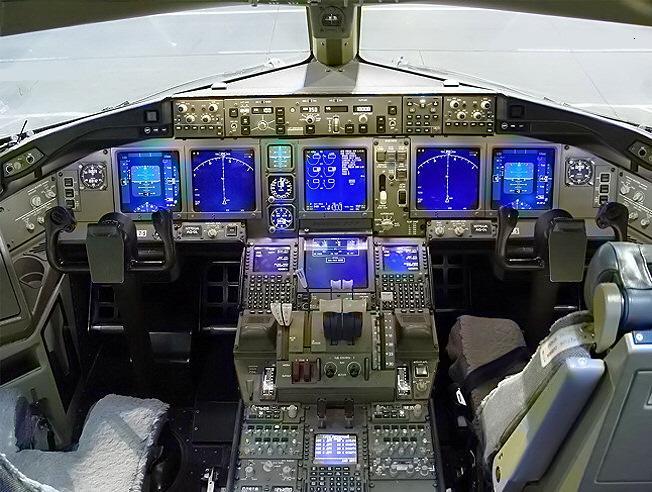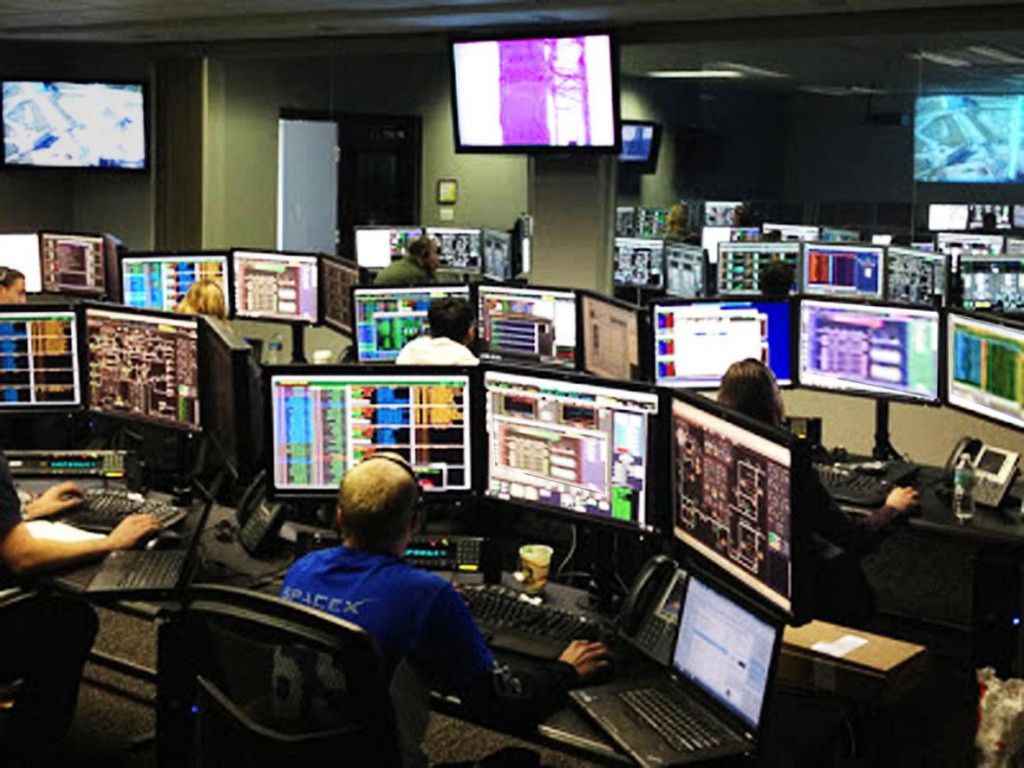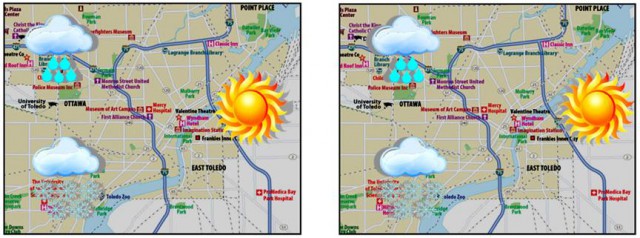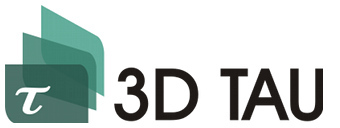The practical possibilities arising from this SSE additivity feature are very extensive both for consumers and professionals. Some possible applications of the SSE technology are described below.
Media display on shared screens
Separate or individual 3D video content can be displayed on a common large screen for different viewers. For example, each family member can see their specific content on a common large screen while still being together, avoiding conflicts. Also, age restrictions can be implemented by showing particular media from a specific angle. Sound can be provided via a wireless headset.
A similar application can be 3D media in cars, where every passenger could watch their own 3D videos on a common screen regardless of the fellow travelers.
Dashboards in vehicles and aircrafts
Device and dashboard appearance is governed by international regulations regardless of design preferences, and there are certain requirements for a large-scale introduction of new products, which in particular take into account personal preferences and slow adaptation of users to the shape/appearance of the devices and panels. For example, some restrictions on introduction of a completely flat dashboard with 2D graphic gauges still exist. The reason is that people being used to the visual convexity of traditional arrows, dials, etc. Conventional 2D technologies hardly provide such convexity. The application of SSE allows simulating for user an accustomed (convexed) view of the instrument. The following stereo pair explains a sense of depth on a completely flat display:

Of course, an SSE-based monitor will show only one 3D convex gauge instead of the pair on the image above.
Also, the SSE technology allows to show specific information to each pilot in an aircraft thus saving dashboard space in a cockpit. Even a single SSE panel in cockpit will add new features: for example, switching from shown to hidden panel gauges, change of the size, color scheme, or designer modernization of its forms on the fly. The picture below shows a cockpit of a modern passenger aircraft with already reduced number of massive gauges and dials, substituted by their imitations on the screens.

Training simulations
The SSE technology is very promising for using in training simulators, because, in addition to the avionics, such training device can provide a viewer or a group of viewers with an environment featuring 3D effect. At the same time, special requests to the training simulators arise in connection with the specific needs of the military, emergency services, and other similar groups. Also, the SSE technology can be used for displaying different content for coaches and trainees in certain simulation.
Operators with multiple screens
Returning to the content separation possibility for different audiences, it should be noted that SSE technology completely eliminates the need for any additional barriers, such as special films used to protect operator’s visual work area from unauthorized viewing from aside. To estimate importance of this need it is just enough to see the interior of a guardroom of operators (NORAD), which is extremely rich with multitude of screens and without the slightest reserve for backup/additional functions and devices:

However, the new applications also deal with the opposite problem, i. e. group monitoring of 3D image on a shared screen: it’s enough to think about medical or technical meetings having a discussions about real world object displayed on a screen, control room for group supervision and management, advertising and exhibition tasks for demonstrating virtual objects to the audience, needs of collaborative design work in modern CAD/CAM systems and much more.
Augmented reality
SSE allows adding virtual objects that were absent in the original scene into a final video. The same is possible for the introduction of any elements of augmented reality into the original content. An example for the virtual objects could be overlay on a navigation map of current data about the weather on the route, places of interest along the way, the hotels, gas stations and other useful information that is absent on a topographic map. As an example, below is presented a stereo pair with icons of local weather conditions over a certain location (it is obvious, that the SSE stereo pair will be hidden but the viewer will see a flat map with hovering icons):

Below is an example of augmented reality: on the Google map, the visibly convex objects (to view “through palms”) are shown instead of the conventional squares from the valley of the Giza pyramids:

Hybrid usage with existing viewer tracking systems
The first tracker concept was performed using a parallax barrier in the form of a passive slit layer, mounted onto the screen. A special video camera tracked the position of a single viewer in front of the screen and, respectively, adjusted offset of a current stereo pair depicted on the screen. In other words, regardless of spectator’s position in front of a screen, he/she saw a stereo pair with separate display of the right perspective for the right eye and of the left perspective in the left eye. Due to the fact that most of today’s popular devices are equipped with built-in cameras, some tracking solution for 3D content have survived and even achieved some progress: firstly, a number of simultaneous viewers has been increased by improving the recognition software (according to press reports – up to 4-6 viewers). Secondly, instead of the slit layer, a lenticular film now is used as a parallax barrier, which provides better compatibility with 2D mode of the device (due to the total luminosity of the screen through the lenticular, incompatible with a “black and white” slit layer).
However, despite the modernization, all these tracker solutions still use digital image compression and have inherited a major defect in image quality, associated with pixel loss during image compression. If SSE technology (instead of lenticular lens) would be used together with the tracking device, such hybrid solution may be useful to separate contents for several independent audiences, in case of static content (i.e. the same stereo pairs: CAD/CAM objects, portraits, maps, and other non-dynamic images). Additivity of SSE allows it, and the quality of 3D effect would be obviously better by eliminating pixel losses during image compression. Of course, the usual cyclical scanning of SSE slits in this case must be replaced by operational management of slit arrays depending on the data from a tracking device. However, improving the tracking and other autostereoscopic solutions is not the main objective of SSE.
